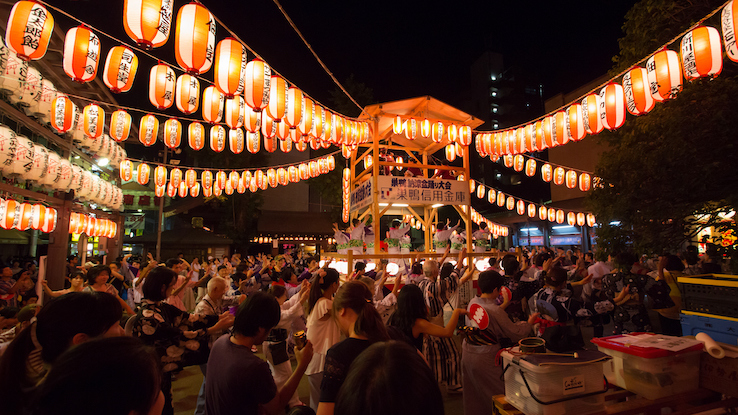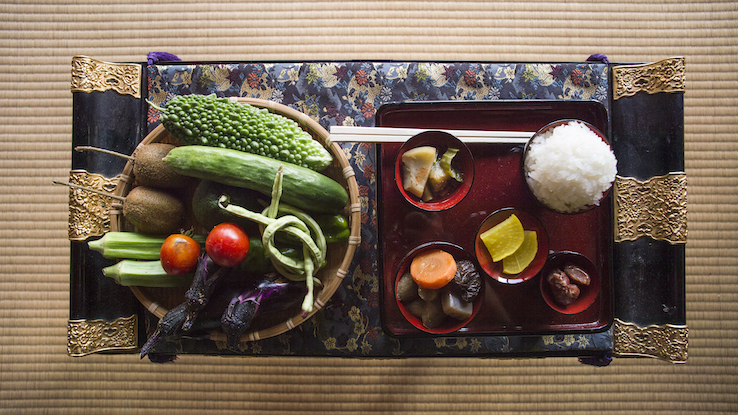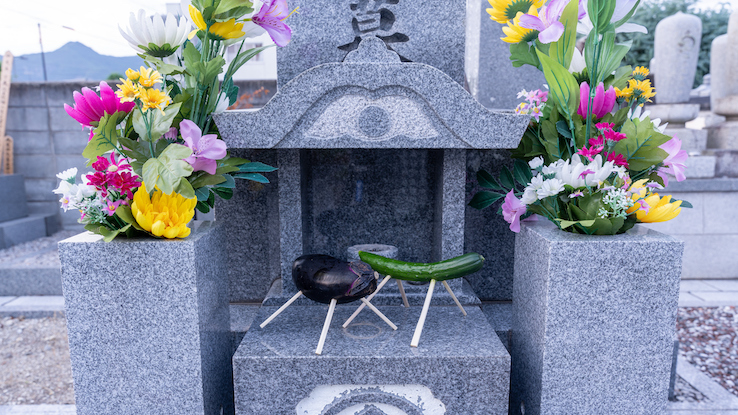What Is Obon, and How Do People Celebrate?

Summer is a time of exciting festivals that celebrate food, fun and sun. But while we often associate this warm season with joyful get-togethers, there are other major holidays around the world imbued with great meaning and significance. Obon is an example of the latter in Japan, serving as one of the most important holidays of the summer.
Although many people outside Japan compare Obon to Halloween — it does have some similarities to Halloween and Día de los Muertos — it differs in many important ways. As this three-day festival approaches, join us for a look into the celebration of Obon, including what it is, how it started and what some common traditions are.
What Is Obon?
Obon – also known as Bon Matsuri, or the Bon Festival – is an annual celebration that’s dedicated to honoring loved ones who have passed on. It’s believed that, during Obon, the veil between Earth and the spirit world is particularly thin, which allows spirits to cross over it to visit relatives and friends. During this time, people celebrate these spirit reunions and engage in several customs that show respect to the departed.

Generally, Obon starts around the 15th day of the seventh month on the lunar calendar and lasts for three days. As a result, the dates on which the festival take place can vary when looking at the Gregorian calendar people typically use for business. The timing of the Bon Festival can also vary from one region to the next; some areas of Japan celebrate Obon in July to coincide with China’s Hungry Ghost Festival.
Obon Legends, Lore and History
Obon is a Buddhist tradition, but its exact history isn’t entirely clear. It’s likely connected to a tradition from India involving family members consoling the spirits of people who recently passed on. Obon is also related to the Chinese Hungry Ghost festival, a Taoist and Buddhist holiday during which people pay homage to deceased loved ones and perform rituals to relieve their distress in the afterlife.
Some historians connect Obon’s origins directly to one story. According to a legend, the festival began when a disciple of Buddha used psychic powers to communicate with the spirit of his deceased mother centuries ago. Upon doing so, he discovered that his mother was trapped in the World of Hungry Ghosts and was suffering immensely. The disciple was advised to make offerings to Buddhist monks to free his mother from this realm. After making these offerings on the 15th day of the seventh month, he released his mother from her suffering, leading him to dance with joy.

In Japan, Obon celebrations date back to the early seventh century. Its popularity grew during the Edo Period, giving people a way to show their reverence for their ancestors, care for the spirits of loved ones who passed on and thank them for the sacrifices they made in life to support their families.
Why Do People Celebrate Obon?
People celebrate Obon for one main reason: It allows them to show respect to their ancestors and ease the suffering of family members who’ve passed away. Based on the legend above, people see the holiday as an opportunity to welcome and support loved ones whose spirits may not be at rest. By guiding them back to their earthly homes for a few days and then leading them back to the spirit world, people have the opportunity to connect with the departed and show respect. Additionally, by making various types of offerings, they can tend to the spirits’ needs. This allows the ancestors to move on with greater ease.
However, Bon is also a time to enjoy the company of family, friends and community. People often gather together to support deceased loved ones, making it a period of appreciation for those who are living as well as those who are no longer here physically.

How Do People Celebrate Obon?
Obon is a time of ritual and remembrance. There are several key traditions people engage in as part of the holiday.
Ceremonial Bonfire Rituals
During the first day of Obon, people often visit loved ones’ graves while carrying “chochin” lanterns. In certain regions, large bonfires are also lit. Both these fires and the lanterns serve as guides to the spirits, giving them a beacon that can guide them home during the festival.
Once Obon comes to a close, families also use chochin lanterns to guide the spirits of their loved ones back to the cemetery in a ritual called “okuri-bon.” “Okuribi” — seeing-off fires — are also common; these fires lead the spirits back to their realm. Both rituals vary slightly depending on the region where they’re taking place. However, the core goal of guiding spirits remains the same.
Floating Lanterns
In addition to the chochin lanterns people carry, floating lanterns, or “toro nagashi,” are also part of the celebration. These illuminated lanterns are placed in waterways, and as they float along, they guide the spirits of ancestors down rivers on the journey back to the spirit realm.
Spirit Horses

Similar to the tradition above, “shouryouma” spirit horses made of cucumber and skewers are said to usher ancestors back to the spirit realm. Those made of eggplant serve a similar purpose, though they are said to bring the spirit back more slowly.
Dancing
Another Bon Festival tradition is the Bon Odori, which means “Bon dance.” It’s used to both welcome the spirits at the beginning of Obon and release them back to their realm at the end of the celebration. Like many traditions, the dances vary by region, but they typically involve elaborate costumes, hidden faces, and rhythmic, dream-like music.
Offerings
Finally, food offerings are common during Obon. These are intended to represent nourishment that ensures the spirits are properly fed and honored during the celebration. Along with leaving food offerings on home altars, people have food delivered to Buddhist temples so monks have everything they need to assist the spirits.





